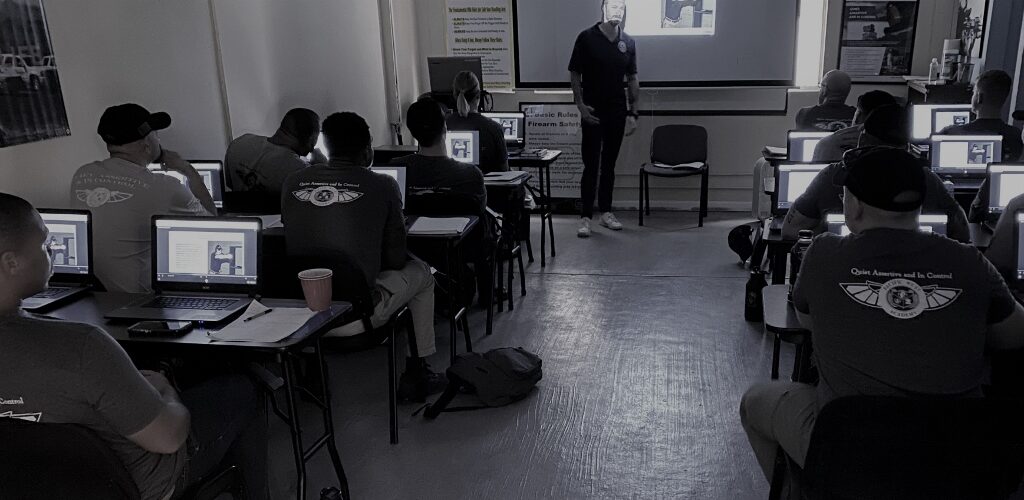

Enhancing Executive Protection
Enhancing Executive Protection
Lessons from the Assassination of UnitedHealthcare CEO Brian Thompson
The tragic assassination of UnitedHealthcare CEO Brian Thompson on December 4, 2024, has sent shockwaves through the corporate world, prompting a comprehensive reassessment of executive security measures. Thompson was fatally shot outside the Midtown Hilton Hotel in New York City, where he was attending an investor conference. The alleged assailant, Luigi Mangione, was apprehended after a six-day manhunt and has pleaded not guilty to charges including murder and terrorism.
Implications of the Incident:
- Increased Threat Awareness: Thompson’s murder has heightened awareness of the potential threats faced by high-profile executives, especially in contentious industries like healthcare. This event underscores the reality that corporate leaders can become targets due to their professional roles.
- Operational Disruptions: In the aftermath of the incident, companies such as UnitedHealthcare, Blue Cross Blue Shield, and CVS Health removed executive photos and bios from their websites to mitigate risks. Additionally, Centene transitioned its investor day event to a virtual format, reflecting a shift towards more secure operational practices.
Corporate Responses and Security Reassessments:
- Enhanced Physical Security:
- Personal Protection Details: Corporations are increasingly assigning personal security teams to executives, ensuring their safety during public appearances and daily activities. Many executives now opt to hire personnel trained in executive protection training courses, which focus on mitigating threats and ensuring seamless protection.
- Secure Transportation: Implementing secure travel arrangements, including armored vehicles and vetted drivers, has become a priority to protect executives in transit.
- Personal Protection Details: Corporations are increasingly assigning personal security teams to executives, ensuring their safety during public appearances and daily activities. Many executives now opt to hire personnel trained in executive protection training courses, which focus on mitigating threats and ensuring seamless protection.
- Digital Footprint Management:
- Information Scrutiny: Companies are limiting the availability of personal information about executives online, reducing the risk of targeted attacks.
- Cybersecurity Measures: Strengthening cybersecurity protocols to protect against digital threats and potential data breaches is now a critical focus.
- Information Scrutiny: Companies are limiting the availability of personal information about executives online, reducing the risk of targeted attacks.
- Policy and Protocol Development:
- Crisis Management Plans: Establishing comprehensive plans to respond to security incidents ensures preparedness and swift action when necessary.
- Employee Training: Conducting regular training sessions to educate staff on recognizing and reporting potential threats contributes to a safer corporate environment.
Legal Proceedings and Public Sentiment:
The legal proceedings following Thompson’s assassination have been complex. Luigi Mangione, the accused, has pleaded not guilty to charges of murder and terrorism. Despite incriminating evidence, including a written confession, experts suggest that public resentment toward the healthcare system may influence the trial’s outcome. Demonstrators have expressed support for Mangione, linking their grievances with the healthcare system to his case.
Broader Industry Impact: Thompson’s assassination has had a ripple effect across various sectors:
- Healthcare Industry: The incident has prompted healthcare companies to reevaluate their security protocols, recognizing the heightened risks associated with executive positions.
- Financial Markets: Following the assassination, UnitedHealth’s stock experienced a decline, reflecting investor concerns about the company’s stability and leadership.
- Event Planning: The attack, occurring outside a hotel hosting an investor conference, has led event planners to reconsider security measures for corporate gatherings.
Recommendations for Enhancing Executive Protection:
- Comprehensive Risk Assessment:
- Identify Potential Threats: Regularly evaluate threats to executives, considering factors like public visibility, industry controversies, and personal activities.
- Analyze Past Incidents: Review previous security breaches or threats to inform future protective strategies.
- Integration of Technology:
- Leverage Social Media Monitoring: Monitoring online activity helps identify potential threats and manage information dissemination.
- Implement Advanced Surveillance: Utilize modern surveillance tools to detect and prevent potential threats proactively.
- Customized Security Measures:
- Personalized Protection Plans: Develop security strategies tailored to individual executives, considering their unique risk profiles and personal preferences.
- Flexible Security Protocols: Adapt security measures to the dynamic lifestyles and schedules of executives, ensuring seamless protection without intrusiveness.
- Training and Preparedness:
- Regular Drills and Simulations: Conduct training exercises to prepare for various scenarios, ensuring the protection team is ready to respond effectively.
- Partnering with a bodyguard school that offers specialized programs in close protection training can significantly enhance readiness and skillsets.
- Medical Training: Equip protection personnel with basic medical skills to address health emergencies promptly.
- Holistic Approach to Security:
- Beyond Physical Protection: Address cyber threats, reputational risks, and other non-physical vulnerabilities to provide comprehensive security.
- Family and Associates: Extend protection considerations to the families and close associates of executives, recognizing that threats may target them as well.
Conclusion:
The assassination of Brian Thompson serves as a stark reminder of the vulnerabilities faced by corporate leaders. In response, companies are undertaking thorough evaluations of their security measures, striving to create a safer environment for their executives and stakeholders. By implementing comprehensive and customized security strategies, organizations can better safeguard their leaders and maintain operational integrity.
